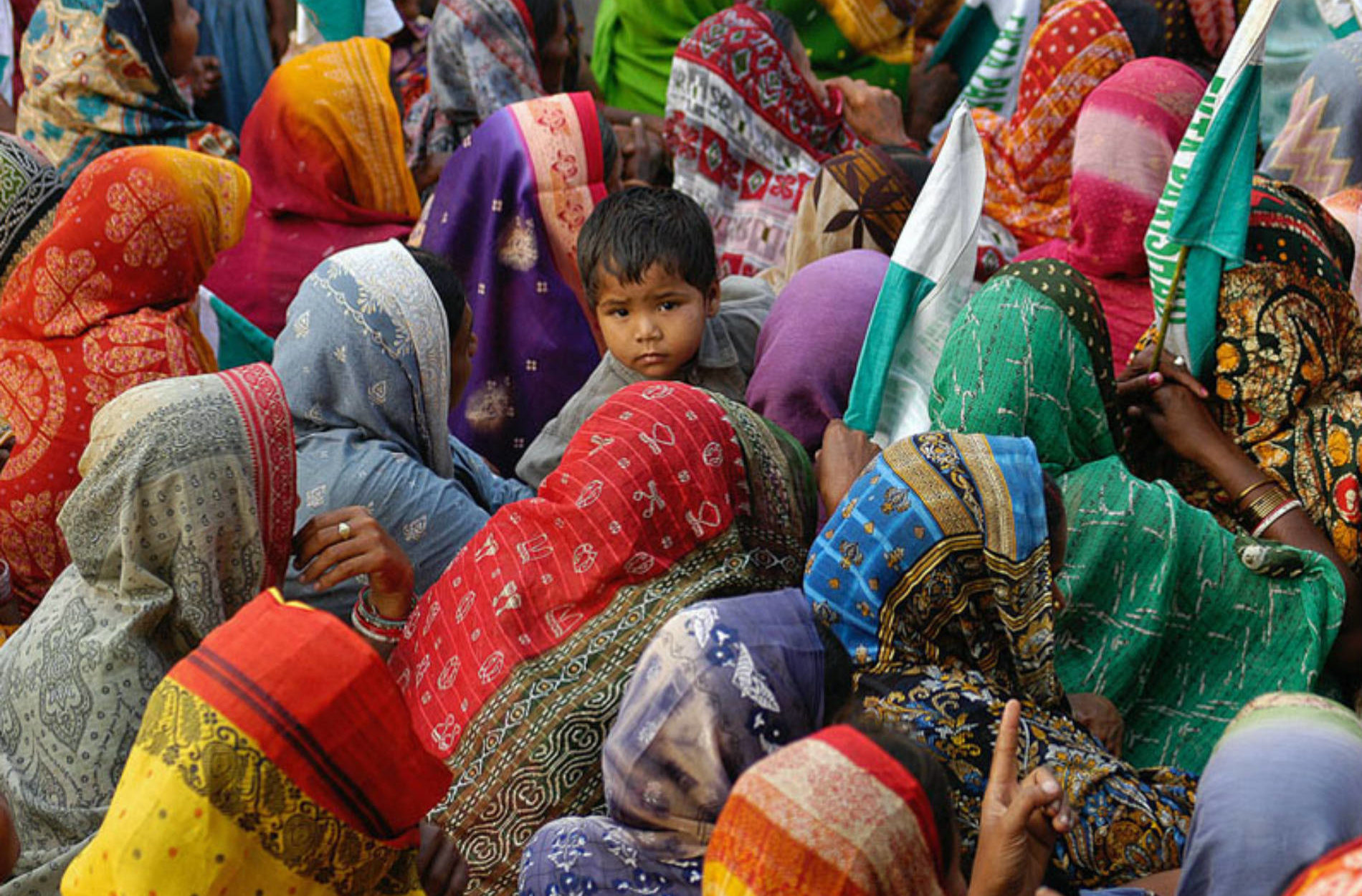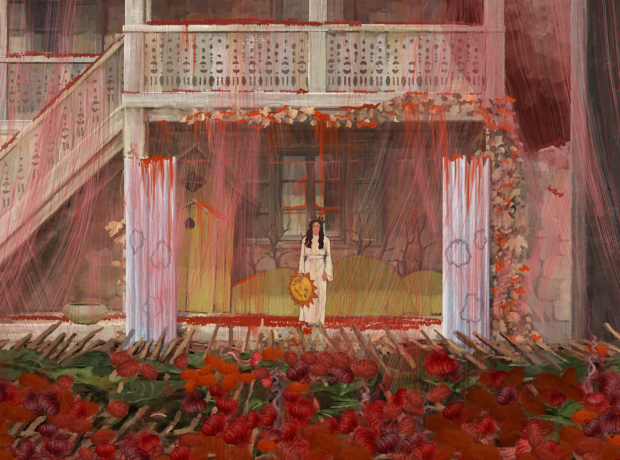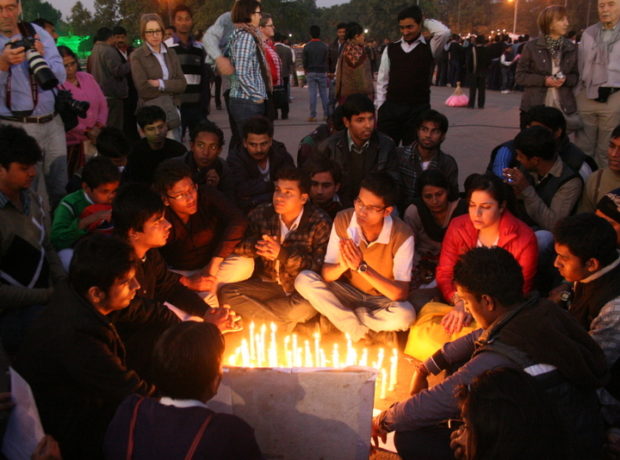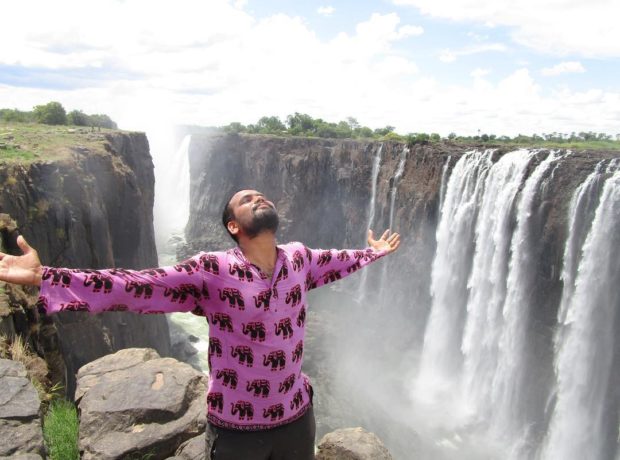If non-violent protest has a spiritual home, India must surely be the place. The memory of Mahatma Gandhi’s life and practice is enough to fix the association in the imagination. But India remains vibrant with the sounds, images and words of protest: it is marked by a culture of direct activism that rests on the willingness of countless individual campaigners to voice collectively their anger and their demands.
This week, India and protest is our theme. The author and journalist, Amana Fontanella-Khan, writes about the Pink Sari movement and the simple but effective technique of ‘encirclement’ in the peaceful pressuring for change. Anjuly Mathai remembers her cousin, Rahul Cherian, who used all his legal skills to fight for the rights of the disabled in India. And Andrew Williams reports on the role of photography and art in promoting the work of the landless rights movement, Ekta Parishad.
In each account, the ‘concerned’ join the ‘violated’ to do something concrete in response to injustice. And the commitment shown by so many involved is rarely fleeting. Protest is both persistent and grand: the long distant marches, the pioneering legal cases, the encounters with those in power – these are characteristics of mass protest in India.
Whether a reflection of desperation or a refusal to remain indifferent is beside the point. Protest is seen as a necessary act. And despite intense and prolonged frustration and provocation, non-violence is its crucial quality, its ‘strength and power’ in Gandhi’s words. Is this perhaps the most important lesson to learn?
Photo by Simon Williams



